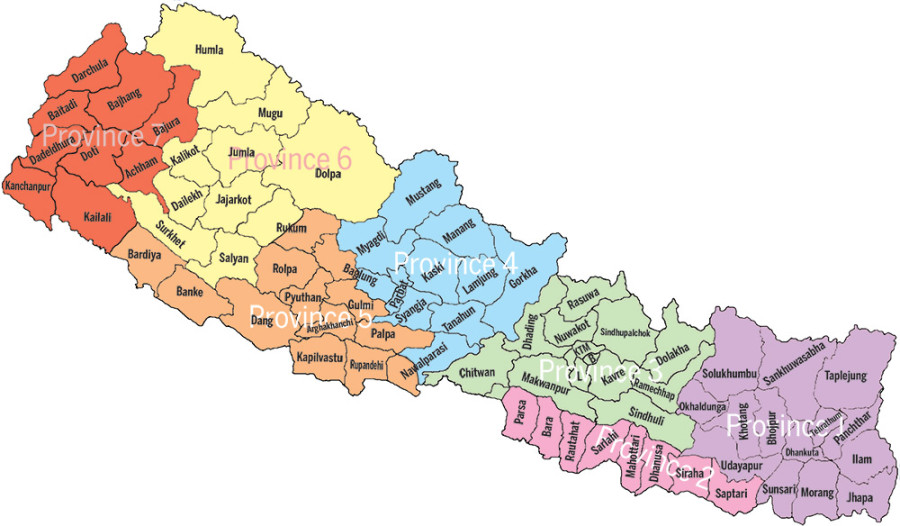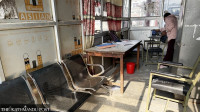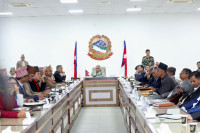National
Madhesi parties hold little sway outside Province 2
Even as the alliance of the Sanghiya Samajbadi Forum Nepal and the Rastriya Janata Party Nepal looks to win over 20 seats of the House of Representatives, results show the Madhes-based parties’ influence is limited to Province 2.
Tika R Pradhan
Even as the alliance of the Sanghiya Samajbadi Forum Nepal and the Rastriya Janata Party Nepal looks to win over 20 seats of the House of Representatives, results show the Madhes-based parties’ influence is limited to Province 2.
The outcome of the federal and provincial assembly elections shows that most of the seats the SSF-N and the RJP-N are winning are from this province. On Sunday evening, the Madhesi alliance appeared to win 22 seats in the House of Representatives, of which 20 will be from Province 2.
The regional parties, which came to prominence with the Madhes uprising of 2007-08, garnered a sizeable vote in the first Constituent Assembly election. In the 2008 polls, Madhes-based parties had won 43 first-past-the-post (FPTP) seats and their influence was over almost all the Tarai districts.
However, the parties fragmented, resulting in a considerable loss of credibility and seats in Parliament. Their numbers in the second CA declined significantly to 12.
Madhes analysts give multiple reasons including defection by influential leaders such as Hridayesh Tripathi and the merger of the Bijaya Gachhadar-led Madhesi Janadhikar Forum Loktantrik with the Nepali Congress for the regional parties’ concentration in the eight Tarai districts west of Koshi.
Tripathi was one of the tallest Madhesi leaders from western Tarai to leave the RJP-N for siding with the UML two months before the federal polls. At the same time, SSF-N’s Abhishek Pratap Sah joined the NC. Both have won seats on the federal parliament.
This, according to analysts, has considerably weakened the two parties in Nawalparasi, Rupandehi and Kapilvastu. RJP-N Vice-chairman Sarbendra Nath Shukla has lost the Rupandehi-4 seat. Both RJP-N and SSF-N now have little presence in these three districts.
Madhesi leaders including RJP-N General Secretary Keshav Jha admit that defection of these leaders to other parties was a major loss for them. For Madhesi parties, Morang and Sunsari of Province 1 and Bardiya, Kailali and Kanchanpur of Provinces 5 and 7 used to be major bases outside Province 2 where they got considerable votes in the past.
With Gachhadar joining the Congress, the Tharu belt of Bardiya, Kailali, Kanchanpur remains divided. With some exceptions, said Madhes analyst Tula Narayan Sah, Madhesi agenda cannot have victory outside Province 2. Preliminary trends show that Madhesi parties would emerge as the most powerful force in Province 2. They could lead the provincial government and thus increase their negotiating power with the centre.
“The central government’s performance in the coming days will depend on how it treats, and engages, Province 2,” says another Madhes analyst Chandra Kishore.
He, however, said their win in Banke-2 and lead in Kailali-1 shows that identity politics still thrives in the plains beyond Province 2.




 18.12°C Kathmandu
18.12°C Kathmandu















